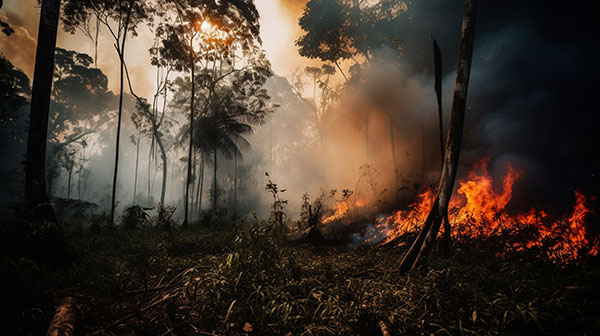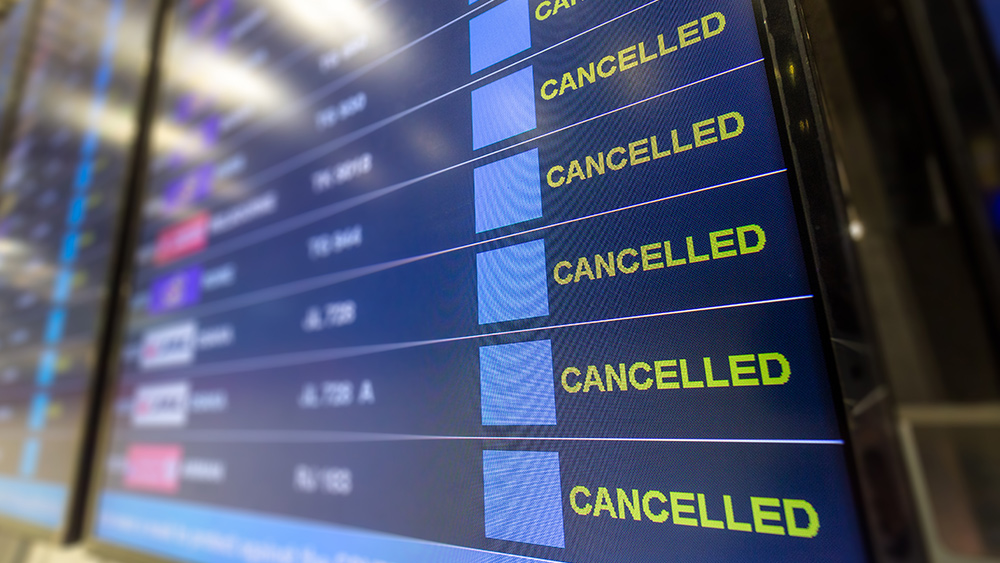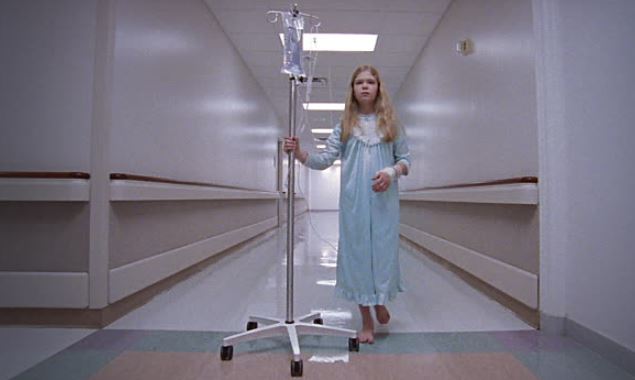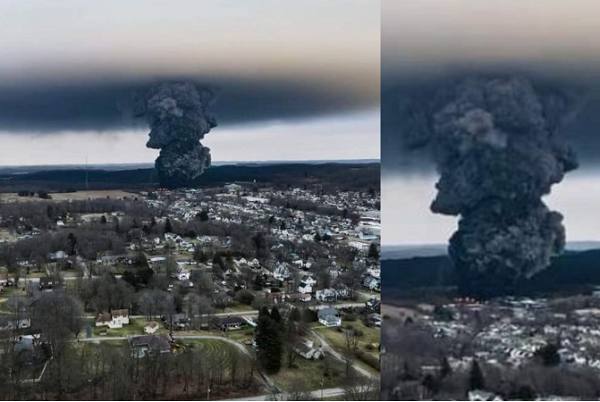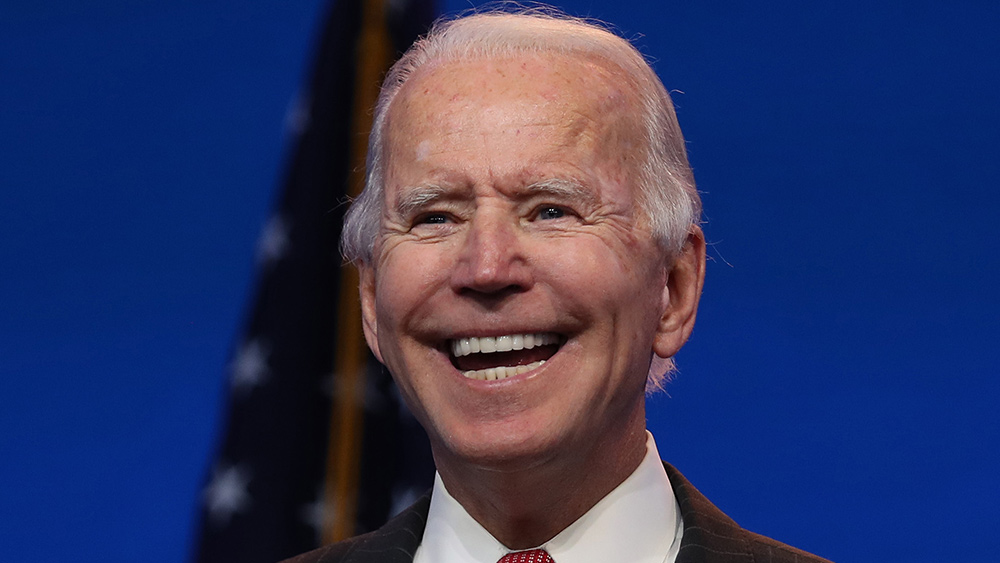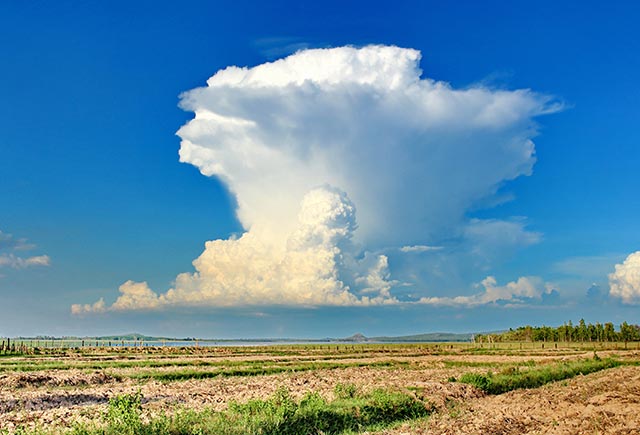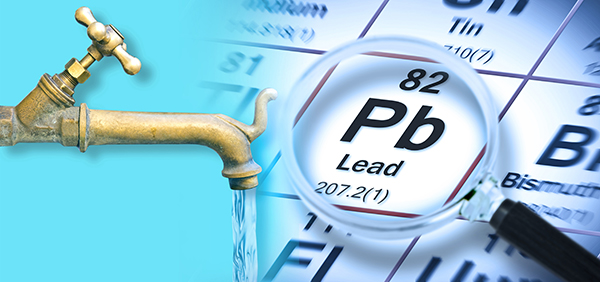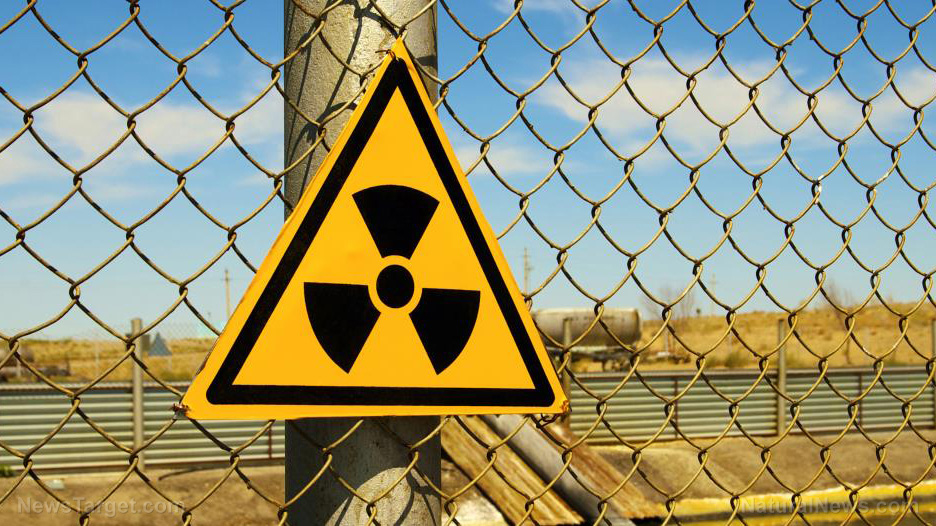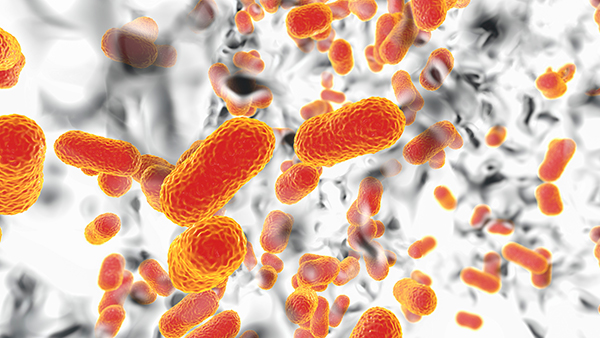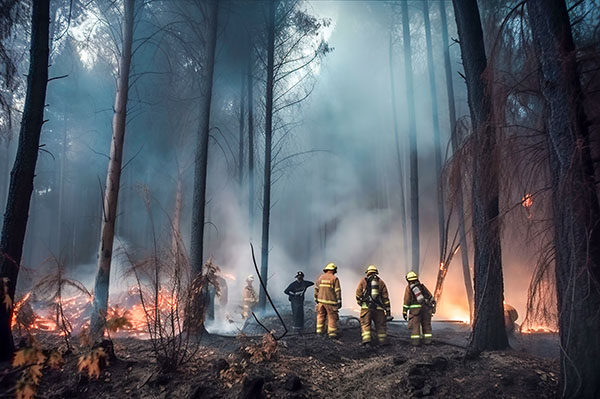Japan slated to release Fukushima nuclear power plant wastewater this month
08/10/2023 / By Zoey Sky
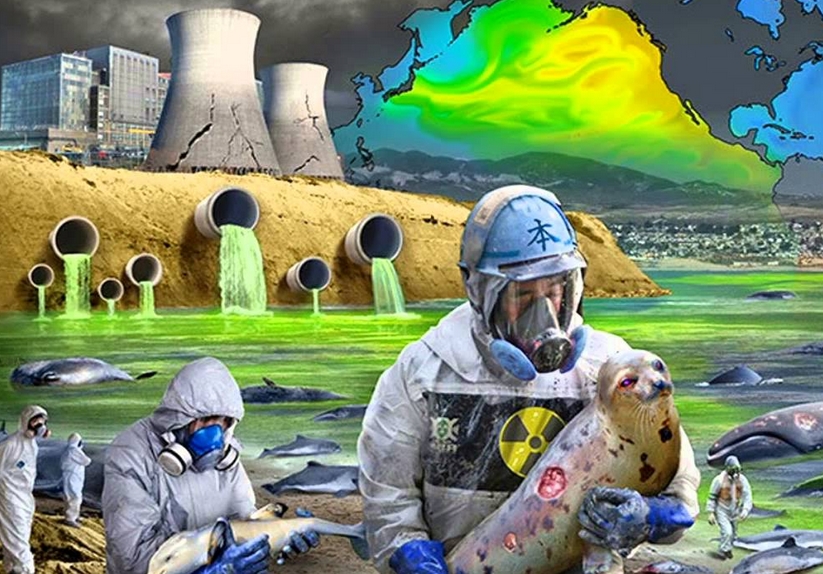
The Japanese government is getting ready to start releasing treated wastewater from the Fukushima nuclear disaster site into the sea by late August.
Local newspapers reported that Prime Minister Fumio Kishida will meet with cabinet members to decide on a specific time to discharge treated water after returning from a trilateral summit with the U.S. and South Korea on Aug. 18. Reports also revealed that Kishida will meet with representatives from the nation’s fisheries association ahead of the release.
At a press conference on Aug. 7, Chief Cabinet Secretary Hirokazu Matsuno announced that there’s still no specific time yet for the release. Matsuno added that the Japanese government will decide after measures to “ensure safety and limit reputational damage are put in place.”
Amid international pushback from several countries, Japan recently cleared major hurdles to release treated water from the Fukushima Dai-ichi nuclear power plant. The power plant was the site of a meltdown in 2011 and water is used to cool nuclear fuel that melted and solidified in reactor cores involved in the meltdown. The water used for that is, of course, contaminated.
The treated water has been purified to remove most radioactive materials using an advanced liquid processing system (ALPS) and other equipment. The treated water is kept in storage tanks on the grounds of the Fukushima nuclear power plant.
Estimates show that the tanks could be full by the first half of 2024 and the Japanese government has indicated its plan to release it into the sea “around summer.”
According to TEPCO, it plans to dilute the treated water at least 100 times on-site by combining it with a large amount of seawater. This will allegedly help reduce the concentration to less than 1,500 becquerels per liter (Bq/L), which is 40 times stricter than the national standard.
The International Atomic Energy Agency (IAEA) released a comprehensive review in July, claiming that the move “would have a negligible radiological impact on people and the environment.”
Additionally, Japan’s atomic watchdog approved the use of the discharge facility operated by Tokyo Electric Power Co. (TEPCO).
Japan eyes August release to avoid the fishing season
The plan to release wastewater from the power plant has resulted in friction with China, with the country criticizing Japan over safety concerns.
The Hong Kong government has announced that it will ban imports of seafood and other related products from several regions in Japan once the treated wastewater is released.
South Korea, whose relationship with Japan has become more positive under President Yoon Suk Yeol’s administration, supported the plan, but with requests to be involved in monitoring the operation.
According to reports, the Japanese government wants to avoid starting the procedure in September, which is when bottom trawling fishing begins on the coast of Fukushima prefecture. (Related: RADIOACTIVE fish discovered near Fukushima renews concerns over plans to dump nuclear wastewater into the ocean.)
The results of a poll conducted by Japanese broadcaster JNN early in August revealed that 50 percent of those surveyed were in favor of plans to release the treated wastewater from the disaster site, while 35 percent were against the move.
Find more related stories at Fukushima.news.
Watch the video below to learn more about the Fukushima power plant disaster and how it contributed to the extinction of Alaska snow crabs.
This video is from the Strontium Milks channel on Brighteon.com.
More related stories:
Japan gets green light to release Fukushima radioactive water into Pacific Ocean.
Radioactive Fukushima water to be released into the ocean.
Sources include:
Submit a correction >>
Tagged Under:
big government, Dangerous, Ecology, environment, Fukushima, IAEA, International Atomic Energy Agency, Japan, nuclear, nuclear wastewater, ocean health, Pacific Ocean, radiation, Resist, TEPCO, Tokyo Electric Power Company, toxic water, Water Wars
This article may contain statements that reflect the opinion of the author
RECENT NEWS & ARTICLES
COPYRIGHT © 2017 ENVIRON NEWS

